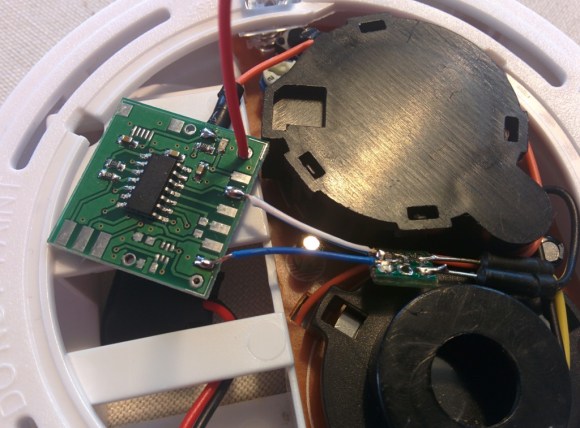 Late last year at a craft show, [hahabird] and a friend came across a laser-cut Spirograph and they both had a go at it. After mocking his friend’s lack of fine motor skills, [hahabird] was struck with the idea of making a giant-scale Spirograph that would (hopefully) be less frustrating for kids of all ages.
Late last year at a craft show, [hahabird] and a friend came across a laser-cut Spirograph and they both had a go at it. After mocking his friend’s lack of fine motor skills, [hahabird] was struck with the idea of making a giant-scale Spirograph that would (hopefully) be less frustrating for kids of all ages.
He generated the gears using an InkScape plugin, and then moved the project to Illustrator for adjustments. After nesting the inner gear drawings, he was able to print them out on one 3×3′ piece of paper at the local FedEx-Kinko’s. To make a template for routing he pieces that make up the eight-foot diameter outer ring, [hahabird] first cut it out of MDF and then bolted that to plywood. The outer ring’s size was dictated by the number of sections that fit on a 4×8 piece of plywood.
The challenge of the inner cogs was to make them move smoothly and still mesh with the teeth of the outer ring. [hahabird] solved this by mounting casters on raised platforms, which double nicely as handles. Each inner cog has a series of PVC couplers that take the 1″ PVC chalk holder insert.
So far, [hahabird] has cut 22-, 35-, and 44-tooth cogs, all of which are painted in nice, bright colors. According to his reddit comments, he will have a video or gif of it in a few days. We hope he makes the plus sign cog and the tongue depressor piece, too.

 A faulty wire, a discarded burning cigarette, or a left-on curling iron can trigger sparks of fire to engulf everything nearby until all that’s left is brittle mounds of smoldering ash. Which is why smoke detectors are so important. They are life saving devices that can wake people up sleeping inside, well before the silent, but deadly carbon monoxide starts to kick in. But what happens if no one is home, and the alarm begins to blare? The place burns down into the ground without the owners knowing.
A faulty wire, a discarded burning cigarette, or a left-on curling iron can trigger sparks of fire to engulf everything nearby until all that’s left is brittle mounds of smoldering ash. Which is why smoke detectors are so important. They are life saving devices that can wake people up sleeping inside, well before the silent, but deadly carbon monoxide starts to kick in. But what happens if no one is home, and the alarm begins to blare? The place burns down into the ground without the owners knowing.

 [Neven Boyanov] says there’s nothing special about
[Neven Boyanov] says there’s nothing special about  While it’s almost cliché to say they don’t make things like they used to, this week’s Retrotechtacular offers fairly conclusive proof that, at the very least, they used to put more time and effort into manufacturing consumer electronics. Gather your homemade wisecrackin’ robots and settle in front of
While it’s almost cliché to say they don’t make things like they used to, this week’s Retrotechtacular offers fairly conclusive proof that, at the very least, they used to put more time and effort into manufacturing consumer electronics. Gather your homemade wisecrackin’ robots and settle in front of 















